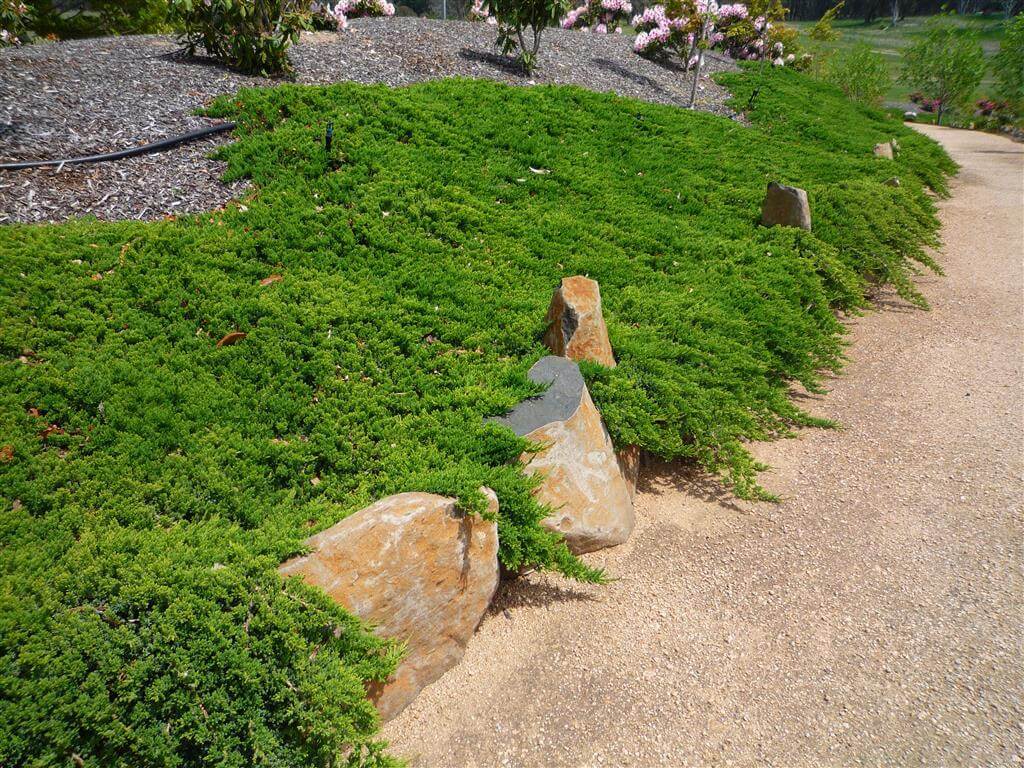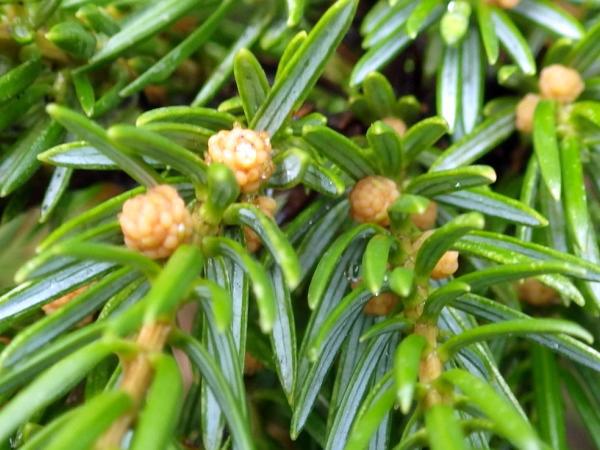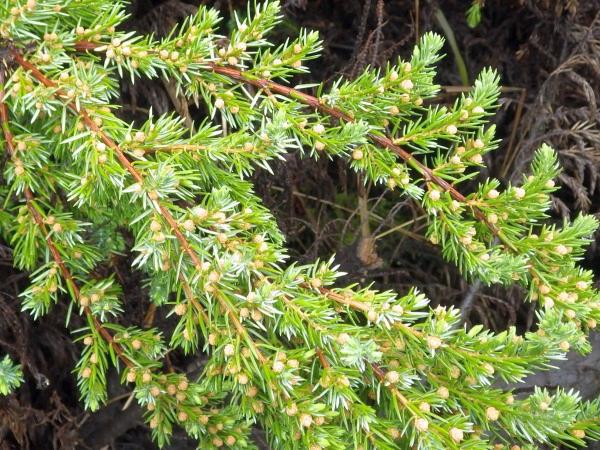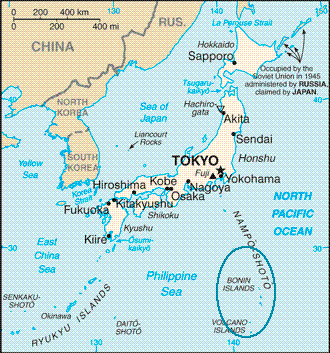Juniperus taxifolia, as described in 1838 by William Jackson Hooker (1785-1865) and George Arnott Walker Arnott (1799-1868), in The Botany of Captain Beechey's Voyage, is commonly known as Bonin Islands or Ogasawa juniper; as well as シマムム(Shimamuro) in the Japanese language. The species name, Latin for "yew-leafed" describes the much flatter, broader needles with 2 well-separated stomatal bands, especially compared with the similar species, Juniperus thunbergii (Ryuku juniper) and J. conferta (Japanese shore juniper).
Description. Bonin Islands juniper is an evergreen coniferous shrub that grows to mature heights of 3 to 10 feet (1 - 3 m), rarely a small tree to 40 feet (13 m tall), with a trunk up to 6 inches (15 cm) in diameter, measured at breast height. The crown is low and irregular and branching is generally spreading, contorted, and sometimes rising. This species is dioecious, with separate male and female plants.
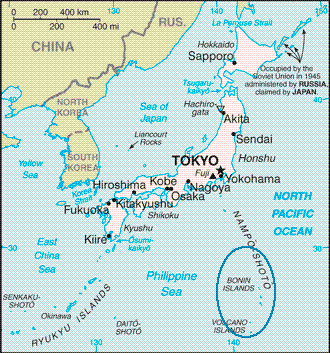
Distribution. This species is native to southeastern Japan - the Ogasawara Islands, growing from near sea level to 1,000 feet (300 m) elevation, in sunny stony places.
Hardy to USDA Zone 9 - cold hardiness limit between 20° and 30°F (-6.6° and -1.1°C).
